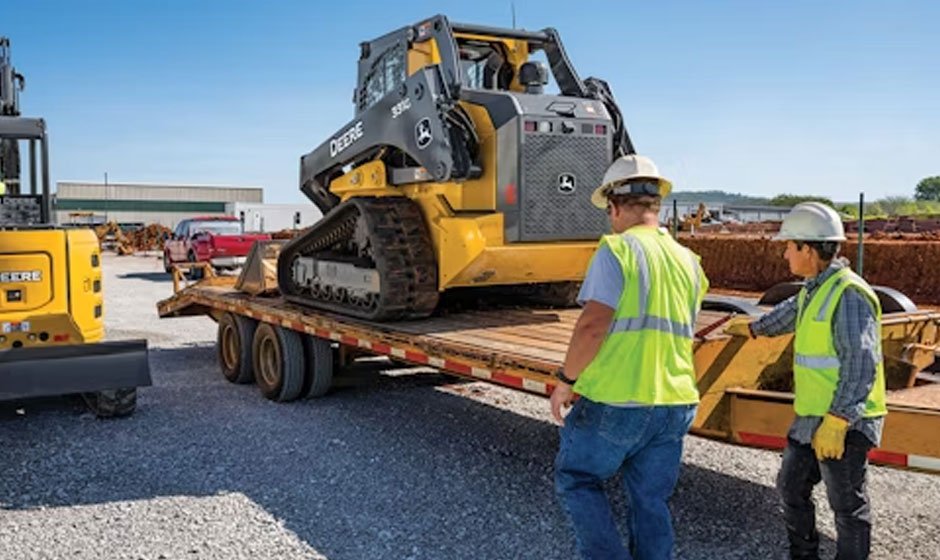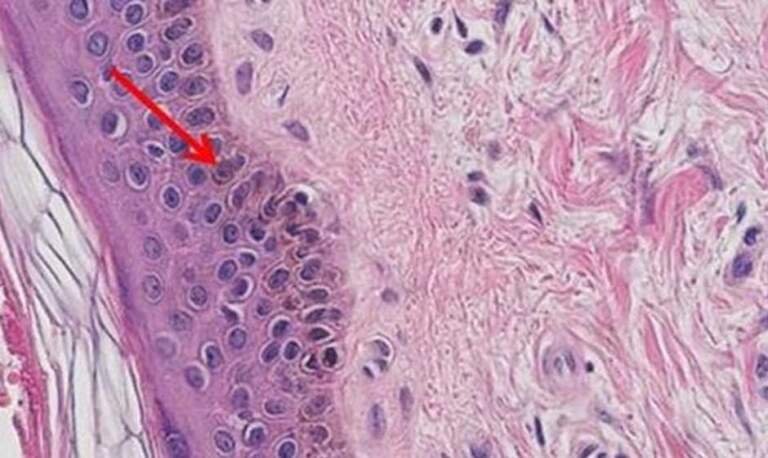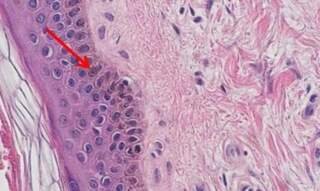Making sure construction site equipment is well maintained is essential. Focusing on running checks, making repairs and swapping out worn tools can ensure that you’re working with the best provisions to get the job done.
Importance of equipment maintenance
There are several reasons why it’s important to maintain your tools and equipment. Safety is the top of the list. It’s vital that your machinery is running safely. Construction remains one of the riskiest industries, so well-maintained equipment is less likely to fail, reducing the likelihood of accidents and injuries on site.
Also, if you know your equipment is running at its best, it performs better and for longer, minimising downtime and delays. This is crucial for meeting deadlines.
Additionally, routine maintenance can identify minor issues before they become costly repairs, ultimately saving money and extending the lifespan of equipment.
Daily inspection checklist
If you’re introducing a daily inspection checklist, here are key tasks to include:
- Fluid levels:Check oil, coolant, and hydraulic fluid levels. If levels are low, there may be a leak or other issue that needs attention.
- Tyre condition:Inspect tyres for proper inflation, wear, and damage. Invest in tools like a cordless tyre inflator so you can quickly address issues. Check tread depth, alignment and balancing. If there’s uneven or excessive wear, it’s time to swap out your tyres.
- Hydraulic systems:Examine hydraulic hoses and fittings for leaks or damage. Ensure hydraulic cylinders are functioning correctly.
- Safety features:Check that all safety devices, such as seat belts, alarms, and lights, are working correctly.
- Brakes and controls:Test brakes and other control systems to make sure they respond correctly.
Lubrication and greasing
Lubrication and greasing reduces friction and prevents wear and tear in heavy machinery. Follow the manufacturer’s recommendations for lubrication schedules and check you’re using the correct type of lubricant for each machine.
Make sure all greasing points on the machinery are lubricated regularly. This includes pivot points, joints, and bearings. Also, keep an eye on lubricant levels and top up when needed.
Cleaning and storage practices
Cleaning and storing construction equipment correctly protects it from environmental damage – especially in the UK’s varying weather conditions.
Build in a cleaning schedule and make sure you remove dirt, grime, and corrosive substances. Also, apply anti-corrosion sprays to metal parts to prevent rust, particularly during wet or humid weather.
Storage is important too. Keep equipment and tools in a covered, dry area when not in use. Tarps or covers could be a useful alternative if indoor storage is not available.
By regularly checking your equipment, you can keep workers safe, prolong the life of your machinery and prevent issues and breakages.











